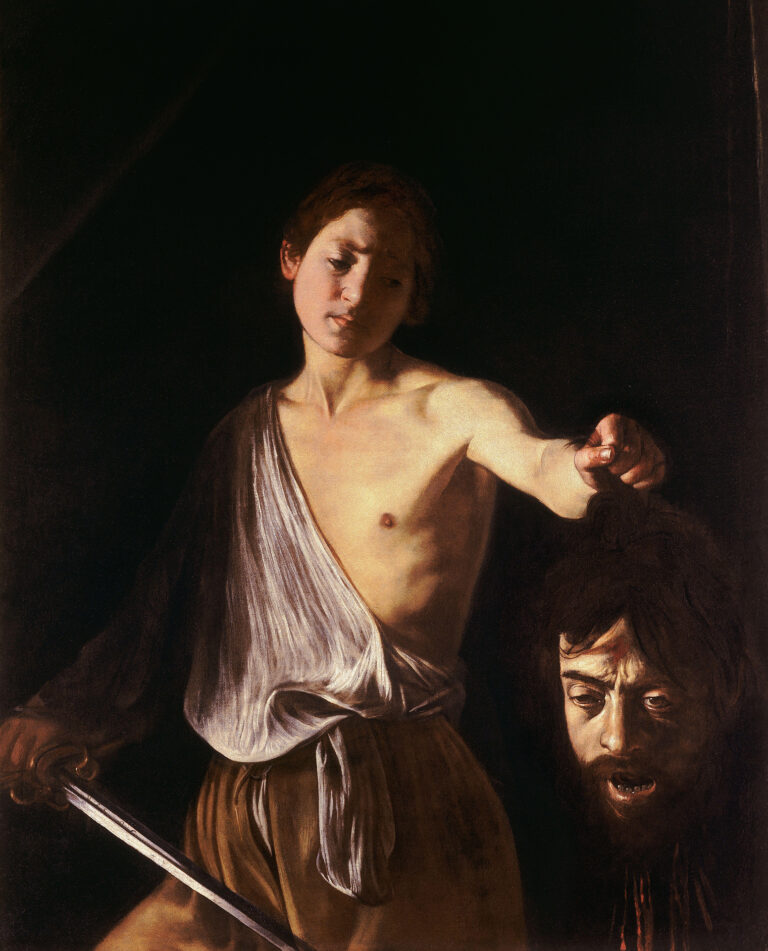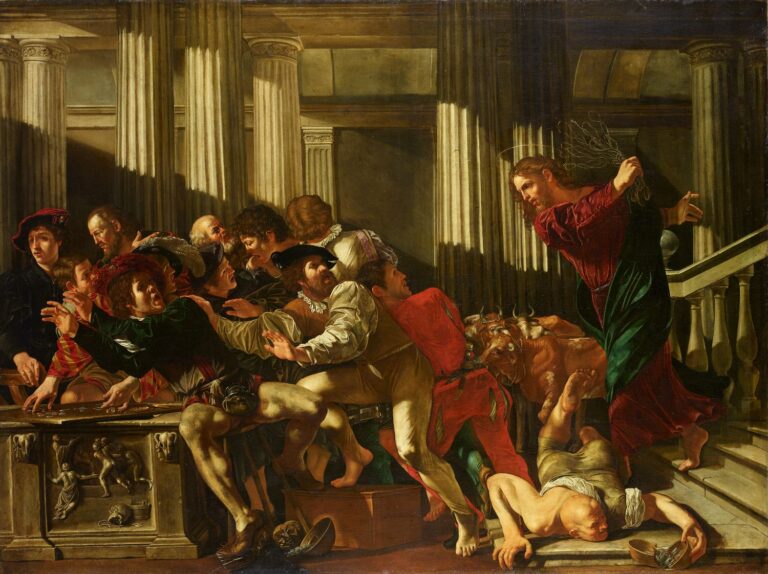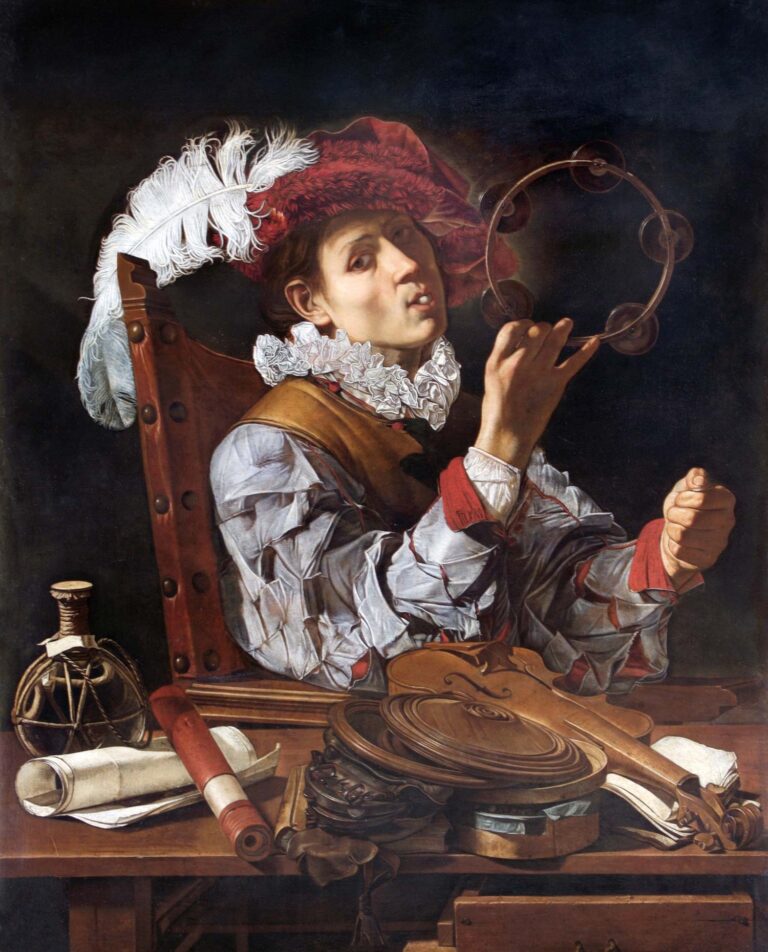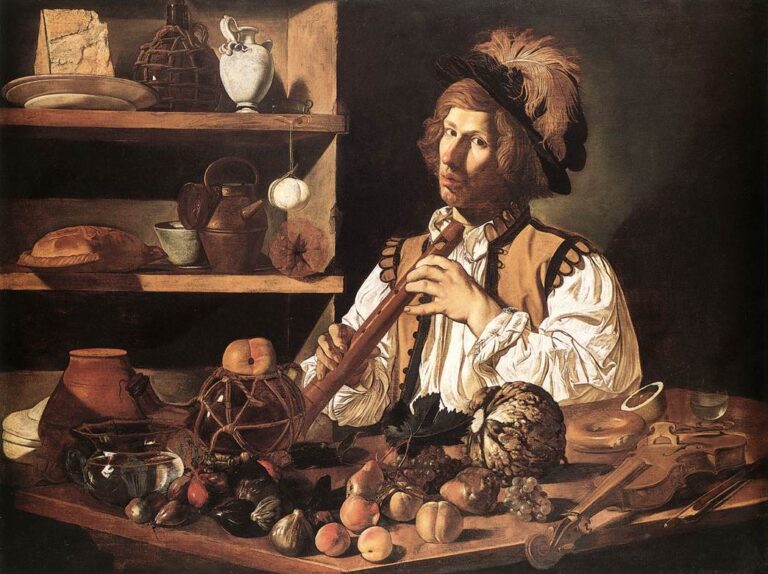Exhibitions
Cecco del Caravaggio

An itinerary of around 40 works for the world’s first exhibition dedicated to Cecco del Caravaggio (1580 – 1630), born Francesco Boneri, the most mysterious and brilliant of Caravaggio’s direct pupils. The exhibition brings together, for the first time, around 20 autograph works, of the no more than 25 that make up his catalogue.
Through important loans, including works by Caravaggio, the exhibition highlights both authors from whom Cecco drew inspiration, as well as artists influenced by him.
Curated by Gianni Papi and M. Cristina Rodeschini
In the renovated spaces of the museum, the first exhibition ever dedicated in Italy and in the world to Cecco del Caravaggio (Francesco Boneri, c. 1585 – post 1620), who was probably born in the Bergamo area, a pupil and model of Merisi in at least six paintings.
41 artworks, 19 of the approximately 25 known paintings by Cecco, 2 works by Caravaggio and, together, artists who inspired and were inspired by this fascinating painter.
National and international loans from Berlin, London, Madrid, Oxford, Warsaw, Vienna, Brescia, Florence, Milan and Rome. After the project dedicated to Simone Peterzano in 2020 Accademia Carrara confirms its commitment and attention to authors with important territorial and cultural connections to the Bergamo collection, documented by works of great quality but not yet valorised.
In the year of Bergamo Brescia Capitale Italiana della Cultura Accademia Carrara reopens to the public on 28 January 2023 following a major museum renovation project, with the first exhibition ever dedicated to Cecco del Caravaggio, pupil and model of Merisi. Atypical, intolerant of rules, destined to arouse contrasts and perhaps enmities, although almost absent from historical and judicial chronicles (unlike most of his colleagues in Caravaggio’s circle), the enigmatic figure of Cecco del Caravaggio appears as a non-conformist capable of clamorous innovations in iconographic systems virtuoso of an extraordinary painting relentless in the definition of forms of contours in colour naturalist daring hyper-realist ante literram overbearing and devoid of censorial fears at times explicit in erotic references and homosexual messages.
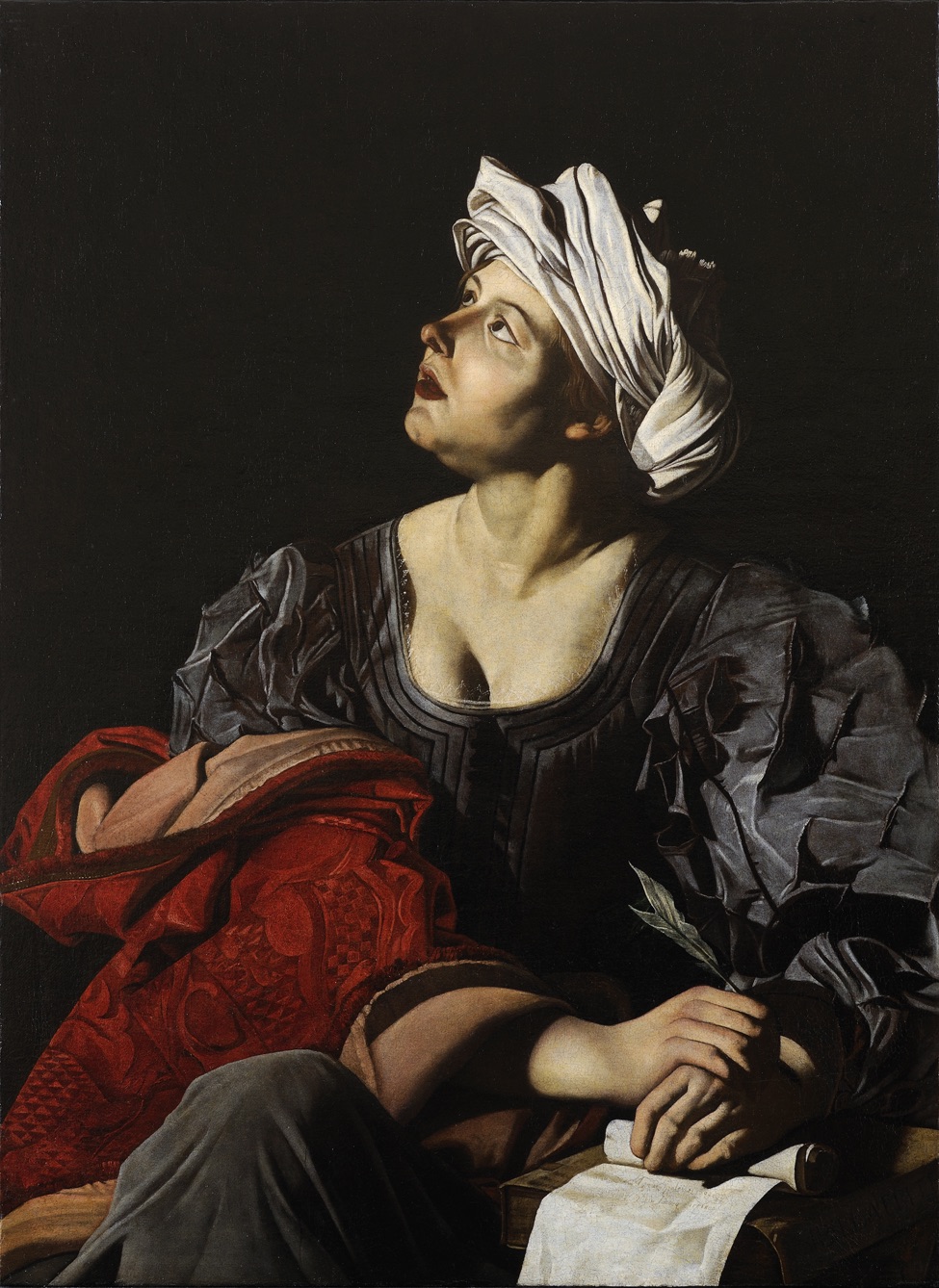
Cecco del Caravaggio - 1610-1620 - Pizzi Collection

Cecco del Caravaggio - 1615-1620
The Cecco del Caravaggio case is relatively recent, the new studies initiated by Gianni Papi from the 1990s onwards, as well as the achievements, including the discovery of some works, show how art history is a living and lively matter capable, if pursued, of continually renewing itself even against the sort of damnatio memoriae that soon affected Boneri’s artistic vicissitudes, a kind of systematic neglect that today could fall within the broad spectrum of Cancel Culture.
The exhibition highlights both authors, such as Merisi and Savoldo from whom Cecco drew inspiration, and a series of artists who were close to him (including Valentin de Boulogne, Bartolomeo Mendozzi and Pedro Núñez del Valle through loans from mainly public collections Gallerie degli Uffizi Palazzo Pitti in Florence Museo del Prado in Madrid Kunsthistorisches Museum in Vienna National Gallery in Athens Galleria Nazionale d’Arte Antica di Palazzo Barberini in Rome Gemäldegalerie in Berlin Galleria Borghese and Pinacoteca Capitolina in Rome Pinacoteca Tosio Martinengo in Brescia Wellington Museum in London Ashmolean Museum in Oxford to name but a few.
The exhibition in Bergamo offers, for the first time, a cross-sectional and almost complete look at Cecco’s work, bringing together masterpieces that have proved to be fundamental in the reconstruction of the author’s corpus In particular, Cacciata dei mercanti dal tempio 1613 circa 1615) from the Gemäldegalerie in Berlin played an essential role in determining the very first nucleus of works by Roberto Longhi and thus in defining the identity of his pictorial language.
The paint of Caravaggio St. John the Baptist (1602) exhibited in room 1 of the Exhibition, will be replaced by David with the head of Goliath (1606) always by Merisi, starting from Monday 27 March.
About the exhibition
Days and times
Monday-Thursday 9.30 a.m. – 5.30 p.m.
Tuesday 9.30 a.m. – 1 p.m. (closed in the afternoon)
Friday-Saturday-Sunday and holidays 9.30 a.m. – 6.30 p.m.
